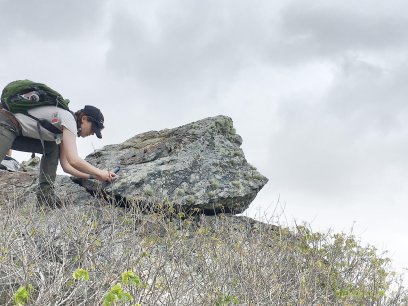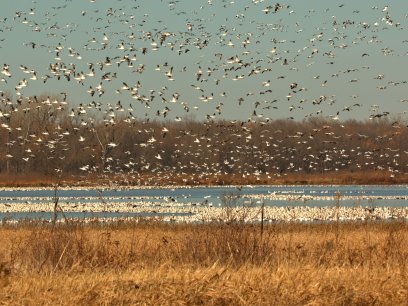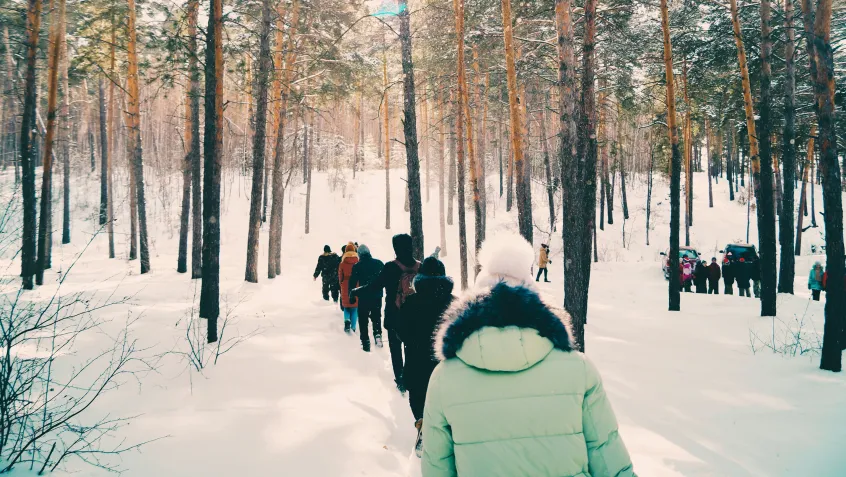
How Does Winter Weather Impact Ecosystems?
Each year, the winter solstice officially marks the start of winter in the Northern Hemisphere. As our planet spins on its axis, winter occurs when sunlight reaches Earth's surface the least directly. This season is marked by cold temperatures, short days, and low light.
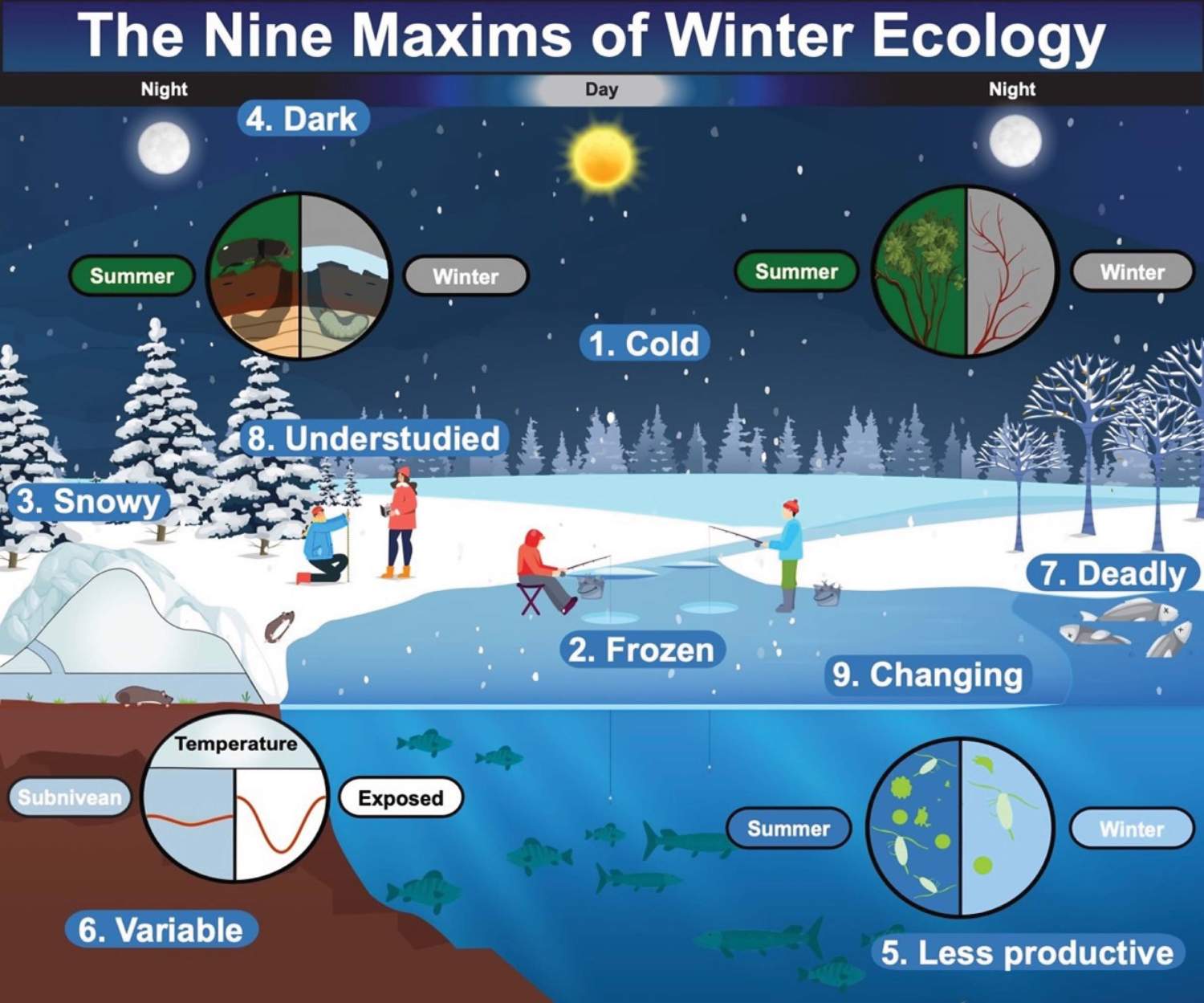
Winter can be a harsh, challenging time for animal and plant life. But it is also important for the health of ecosystems. Icy environments provide critical habitat for many species. The snowpack provides drinking water and irrigation for the farms that produce our food.
That is why scientists are concerned that familiar winter patterns are changing. Warming winters due to climate change are bringing new and drastic swings in weather conditions, and with that, impacts on plants, animals, and humans alike. For example, earlier springs can mean earlier, and longer, allergy seasons and decreased snowpack.
Expand Your Winter Ecology Vocabulary
Studying winter ecology allows students to understand the interrelationships between living things and their winter environment. This colder season opens up endless possibilities to discuss everything from temperature and atmosphere to hibernation and migration.
Get started by expanding students' winter ecology vocabulary:
- Adaptation: structures or behaviors that help living things survive.
- Chionophiles: animals that thrive in cold and snowy climates.
- Dormancy: the slowing down or suspension of normal physical functions for a period of time to survive adverse environmental conditions.
- Hibernation: a state in which body temperature is lowered and heart and breathing rates slow down in order to conserve energy.
- Migration: the seasonal movement from one region to another.
Additional terminology is available in Rocky Mountain National Park's Winter Ecology Guide.
The Outdoors Make Learning “Snow” Much Fun
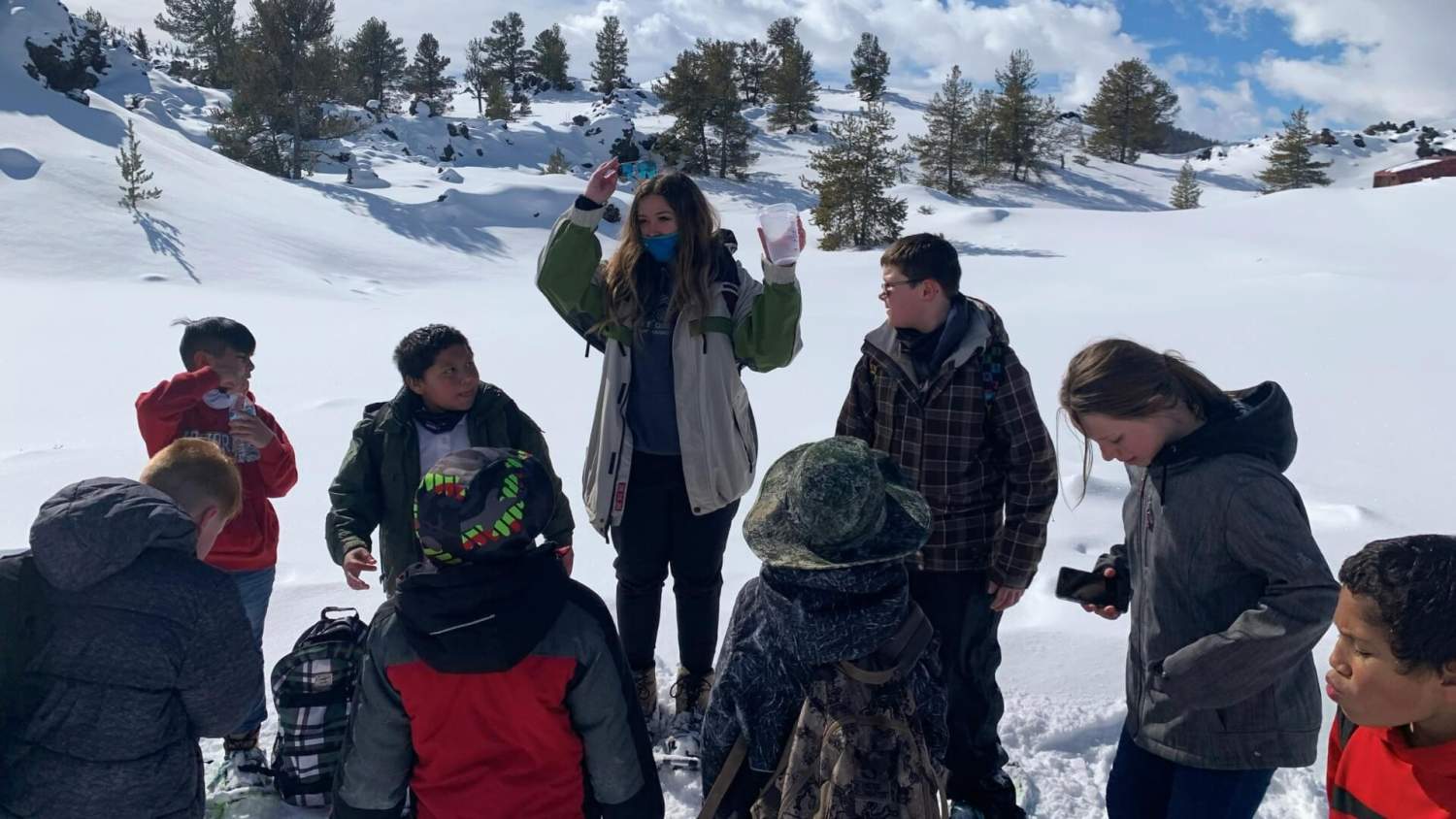
Educators, you can take a Greening STEM approach and incorporate place-based learning by planning an outdoor field trip during this season. This will give your students a unique, hands-on opportunity to experience plant and animal life in a different way.
Visit a nearby green space or park to explore how winter affects plants and animals in your local environment. If you're really lucky, you may be close enough to a national park—such as Glacier National Park in Montana—for an unforgettable field trip during the quieter off-season. (Wherever you go, be sure to check park conditions beforehand and be winter ready.)
Even if you can only travel as far as your schoolyard or neighborhood, you can still bring winter ecology to life for your students with these activities:
- Play outdoor detective. Look for footprints, wing prints, tracks, trails, and impressions in the snow. Students will learn how to “read the land” for clues of animal movements and winter survival strategies for local creatures.
- Be a snowflake sleuth. Students can learn what a snowflake is, how it's made, and how no two flakes are alike—just like fingerprints.
- Create a nature journal. Tapping into art, science, math, and language arts, students can make a journal over the winter months as they observe the changing of the seasons. They can draw pictures of the natural landscape, do a pencil rubbing, or attach a dried flower petal. They can write a poem, record an observation, or graph the time of sunsets.
How to Teach Students About Winter Ecology
Bring environmental education into your classroom with these lesson plans, fun activities, and winter ecology resources geared toward elementary-aged students:
- Explore the physical properties of snow. By building a snow fort, students study the concepts of weight, mass, volume, and density of snow. (Source: US Fish & Wildlife Service)
- Learn about winter survival. Students develop literacy skills while exploring the physical and behavioral adaptations that animals rely on to survive through challenging winter conditions. (Source: PBS LearningMedia)
- Help your students become Junior Snow Rangers. This online resource teaches youth about outdoor safety, wildlife, winter ecology, recreation, and the joy of winter fun. (Source: US Forest Service)
- Go stargazing. Winter is the best time of year to see the stars. Curriculum from NASA and other partners can bring the night sky to your classroom and empower students to become citizen scientists. (Source: NEEF)
- Understand the impact of warming winters and how you can help. Learn about simple, sensible actions you can take at home to reduce greenhouse gas emissions. (Source: National Park Service)
